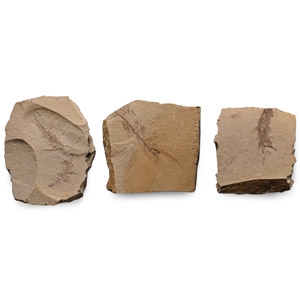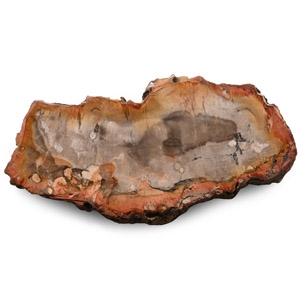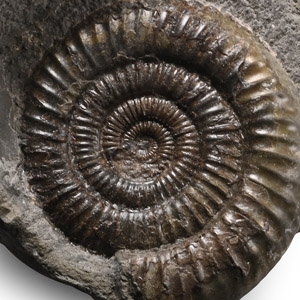Home > Auctions > 3 - 11 June 2025
Ancient Art, Antiquities, Books, Natural History & Coins
From Brazil.
Ex Mineral Imports, London, UK.
Gregory, Bottley & Lloyd (Gregory's), Harwich, UK.
From Atlas Mountains, Morocco, North Africa.
From a Cambridgeshire, UK, collection.
From Brazil.
Ex Mineral Imports, London, UK.
Gregory, Bottley & Lloyd (Gregory's), Harwich, UK.
From Agate Creek, Australia.
Ex Mineral Imports, London, UK.
Gregory, Bottley & Lloyd (Gregory's), Harwich, UK.
From a Lincolnshire, UK, collection.
From Madagascar.
Ex Mineral Imports, London, UK.
Gregory, Bottley & Lloyd (Gregory's), Harwich, UK.
From Madagascar.
From a Lincolnshire, UK, collection.
From Morocco, North Africa.
From a Cambridgeshire, UK, collection.
Argochampsa or 'Argo crocodile' is an extinct genus of eusuchian crocodylomorph, usually regarded as a gavialoid crocodilian, related to modern gharials. It lived in the Paleocene of Morocco. Described by Hua and Jouve in 2004, the type species is A. krebsi. Argochampsa had a long narrow snout, and apparently marine in its behaviour.
From Yorkshire coast.
From a Lincolnshire, UK, collection.
From Yorkshire coast.
From a Lincolnshire, UK, collection.
Ex West country, UK, collection, 1990s onwards.
See Guide to the Elephants (Recent and Fossil) in the British Museum (Natural History), BM, 1922, pp.35-47, for discussion.
The mammoth lineage branched from the Asian elephant around 6 million years ago, and later on the Woolly Mammoth, Mammuthus primigenius, evolved in eastern Siberia. Woolly mammoths, being slightly smaller than living African elephants, were foragers and ate grass, as well as small, nutritious flowering plants that flourished in the environment where they lived. They may also have used their curved tusks to dig through snow and eat plants that other foragers were unable to reach.
From Brazil.
Ex Mineral Imports, London, UK.
Gregory, Bottley & Lloyd (Gregory's), Harwich, UK.
1885 - 1896 of 3130 LOTS

![Cut and Polished Deep Purple Amethyst Obelisk Group [3] Cut and Polished Deep Purple Amethyst Obelisk Group [3]](https://timelineauctions.com/upload/images/items/small/228153-s.jpg)

![Amethyst Crystal Mineral Specimen Group [6] Amethyst Crystal Mineral Specimen Group [6]](https://timelineauctions.com/upload/images/items/small/228140-s.jpg)








![Boxed Quartz Rock Crystal Specimen Collection [6] Boxed Quartz Rock Crystal Specimen Collection [6]](https://timelineauctions.com/upload/images/items/small/227995-s.jpg)



